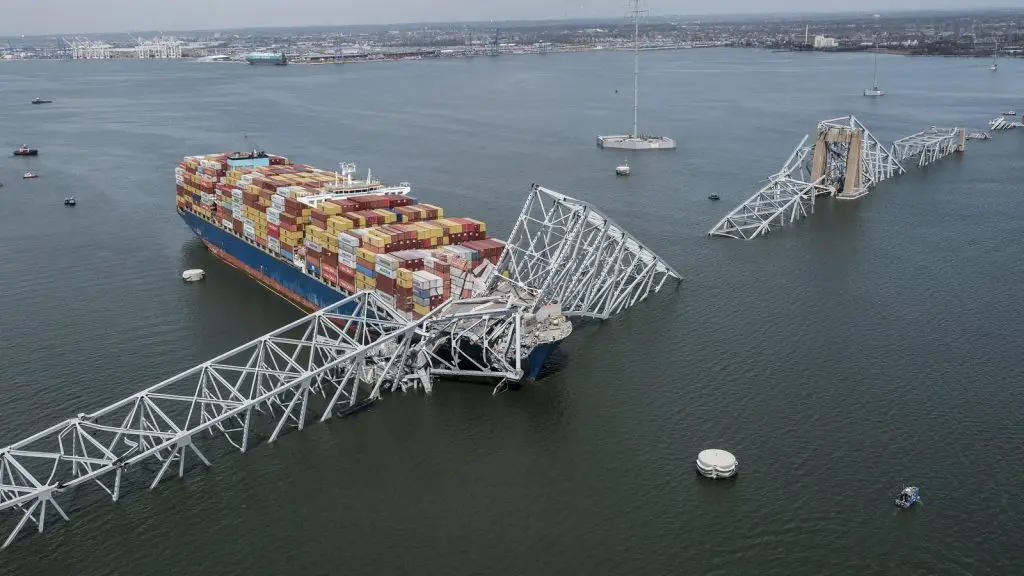Baltimore Bridge Collapse: Lessons in self-reenforcing bias

By Yousaf K
In the early morning of Tuesday, March 26, Americans woke up to the news of the Francis Scott Bridge Key bridge collapse in Baltimore. No sooner than it happened, wild conspiracy theories emerged online sparking debates on what really happened and why. Social media was abuzz with theories ranging from a ship captain reeling from the effects of Covid-19 vaccines to cyber attacks from America’s adversaries to claims of collusion or conspiracy between current and former U.S. Government officials and ambitious countries.
Needless to say, none of these claims bore fruit. All, today, remain entirely unconfirmed. In fact, industry officials, after a thorough investigation, have concluded there were no signs of deliberate act or malfeasance from the ship crashing into the bridge. This clarification, however, did not stop people from disseminating false theories on social media platforms; reaching tens of millions of views even in the time when search and rescue operations for the missing crew were still in effect. In matter of hours, a whole alternate reality emerged, thoroughly lacking facts and wreaking of contrived misinformation and disinformation around the incident. The incident further demonstrated the mistrust among America’s major institutions, specifically media and government, and the inherent problem with bias-reenforcing online social platforms that praised and distributed the misinformation and disinformation.
Authorities from federal government conducted investigations into how a massive cargo ship could have lost control and crashed into the bridge, demolishing the structure and killing six workers on the bridge. As it turns out, such structures are categorized as “fracture critical”, that is to say, if one side of the bridge is compromised, it is nearly impossible to protect rest of the bridge due to the interrelated construction. Erin Bell, the Chair of Civil and Environmental Engineering at the University of New Hampshire said that the construction code has to be better. She believes that engineers need to learn from such failures, though she conceded there have been significant updates to bridge designs in the decades since the Key was built in order to better protect against ship strikes. According to Bell, the bridge had been in working since 1977 – three years before 35 people were killed in a similar vessel collision in Tampa Bay, Florida – an incident which prompted designers to conceive stronger and longer-lasting safeties for foundation piers.
Shipments through one of the U.S.’ busiest ports remain suspended while cleanup efforts are underway. Maryland Governor Wes Moore noted that salvage and recovery operations would be difficult, but they are proceeding full speed ahead, recovering 3,000 to 4,000 tons of steel that is sitting on atop of the ship.








